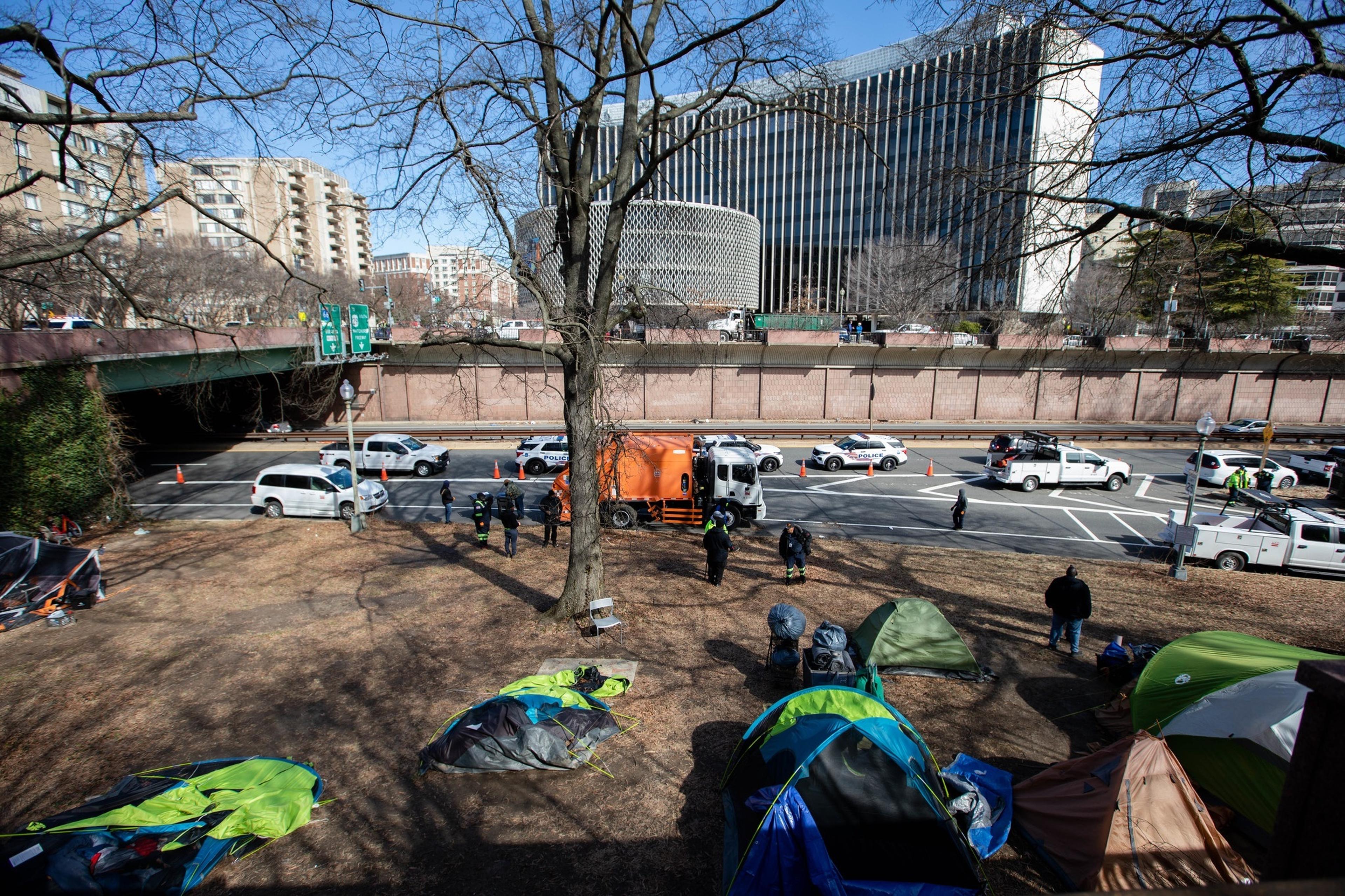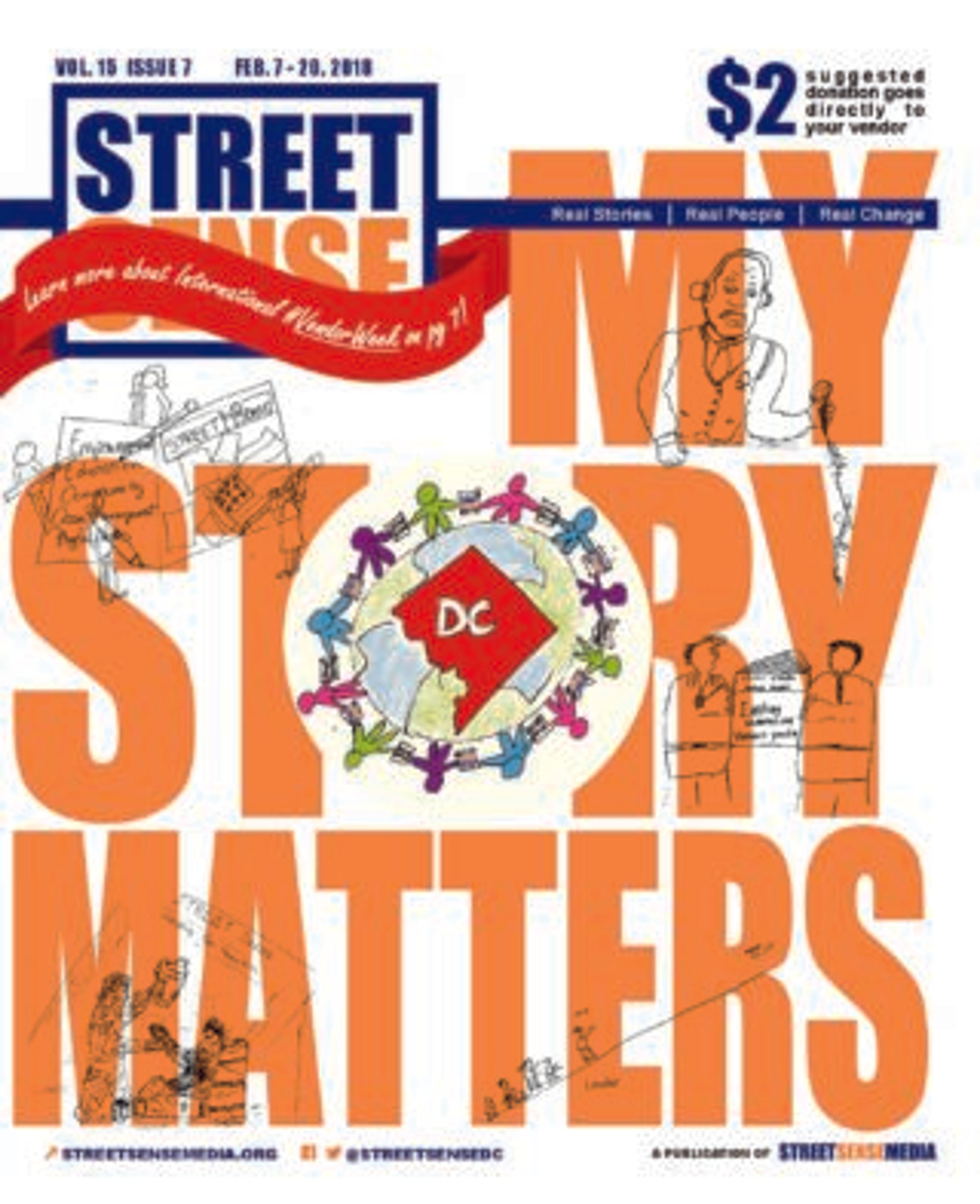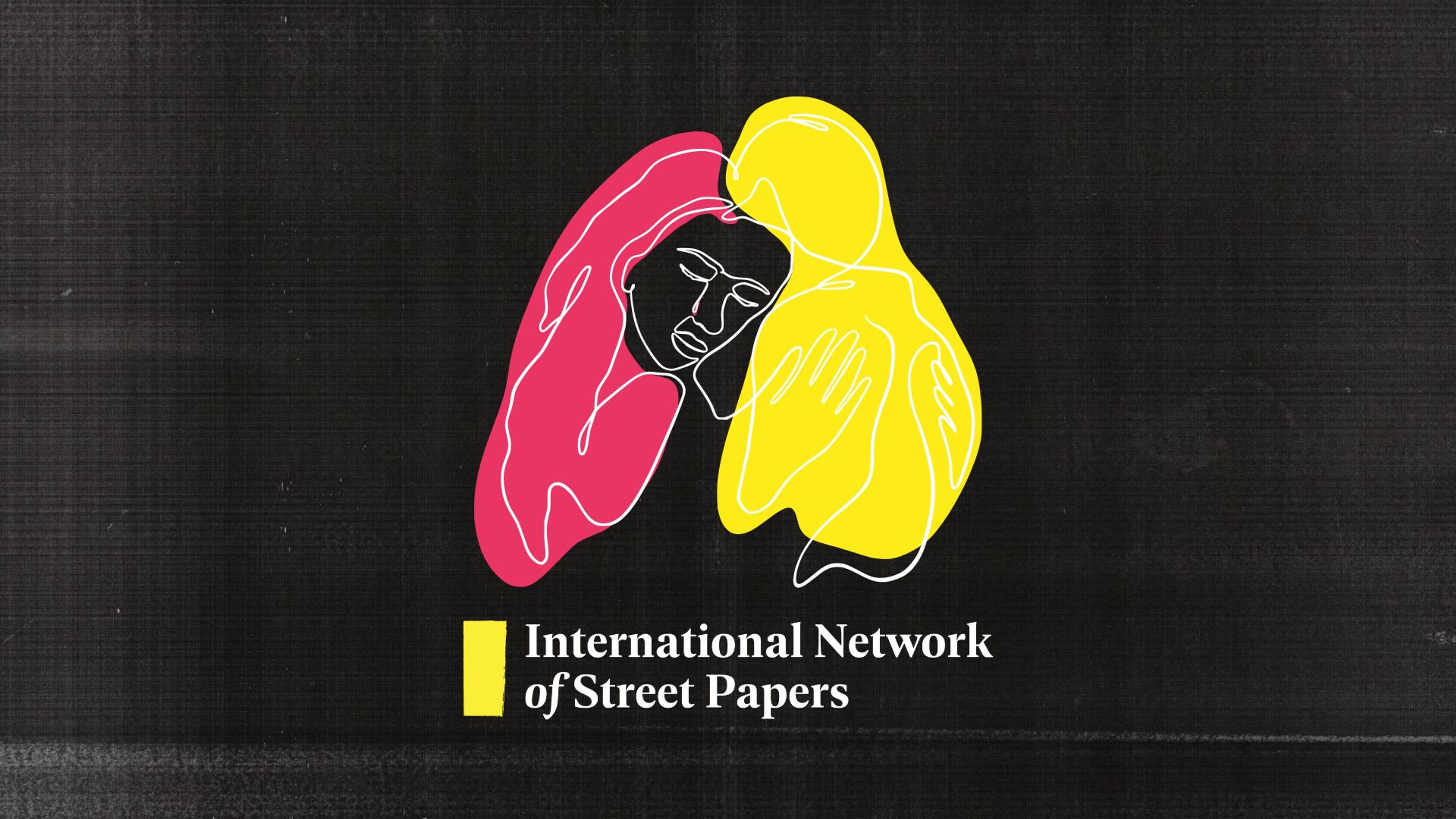New executive order could reshape US response to homelessness

Photo by Gabriel Zakaib
By Franziska Wild
- News

The White House announced a new executive order, aimed at addressing homelessness, on 24 July. The order, titled “Ending Crime and Disorder on America’s Streets”, reverses support for longstanding federal policies like housing first, and pushes local governments to remove people living outside by forcing them into institutional settings.
The order also encourages localities to enforce bans on camping, following last year’s Supreme Court ruling that made it legal for jurisdictions to arrest or otherwise punish people for sleeping outside. Experts and advocates for people experiencing homelessness warn that the order will make it harder for local governments to solve homelessness and will harm people in the process.
“Everything about the order is deeply concerning. It will do significant damage to individuals experiencing homelessness and will set back federal homelessness policy by 30 years,” Jeff Olivet, the former executive director of the U.S. Interagency Council on Homelessness (USICH), told Street Sense.
USICH is the federal agency responsible for developing a strategic plan to address homelessness. It was defunded by President Donald Trump’s administration earlier this year.
The order argues that mental health and drug use are root causes of homelessness, a common belief that many advocates argue is a misconception. In D.C., just 25% of people experiencing homelessness report having a mental health condition and 14% a substance use concern, according to the most recent Point-in-Time Count.
A return to involuntary commitment
As part of its focus on mental illness, the executive order encourages states and local governments to put people experiencing mental illness into institutional treatment through “civil commitment” — a legal process through which a person can be detained and treated in a psychiatric facility against their will.
Involuntary commitments, also known in D.C. as FD-12s, intersect with how the states and D.C. approach homelessness. Street Sense has witnessed city officials use the process as a threat to coerce encampment residents who refuse to move or accept shelter, and occasionally, the city has committed people during encampment closures. 2,930 emergency petitions to commit residents were filed in 2023, according to the Office of the Attorney General.
The executive order instructs the Department of Justice, under the Attorney General, to seek the reversal of judicial precedents and consent decrees that make it harder to place people experiencing mental illness into institutional settings. D.C. does not currently have any consent decrees limiting its use of civil commitment, and the D.C. Council would need to pass any laws changing the commitment process, which in most cases requires a court order in the District.
While this executive order does not force local jurisdictions to increase their use of civil commitment, it encourages them to “adopt maximally flexible civil commitment, institutional treatment, and ‘step-down’ treatment standards.” It also offers “technical guidance” and grants to municipalities who wish to expand their use of civil commitment.
This encouragement worries advocates and experts, who say that prior to the 1960s, the US forced people into institutional settings and psychiatric hospitals for extended periods.
Experts say that there is little data showing that involuntary treatment is effective when it comes to treating substance use disorders.
“This Executive Order overlooks smart policy solutions that can effectively address substance use disorders and homelessness, opting instead to prioritize coercive and enforcement-based measures,” Stephen Taylor, president of the American Society of Addiction Medicine, wrote in a statement. “It also misleadingly portrays involuntary civil commitment as a simple fix to the complex challenge of treating addiction among unhoused individuals.”
Incentivizing encampment cleanups
The executive order also incentivizes municipalities to enforce prohibitions on behaviors including “open illicit drug use,” “urban camping and loitering,” and “urban squatting.”
The order instructs the U.S. Attorney General, the U.S. Secretary of Health and Human Services, the Secretary of Housing and Urban Development (HUD) and the Secretary of Transportation to prioritize giving grants to states and localities that restrict these behaviors.
Jesse Rabinowitz, the communications director at the National Homelessness Law Center, said that this provision “encourages states to make it a crime to be homeless, which is the most expensive but least effective solution to homelessness.”
According to Rabinowitz, this section of the executive order could incentivize states to conduct encampment clearings and impose criminal penalties on camping by offering them federal money in the form of grants such as the Continuum of Care grants offered by HUD. But, he added, “I think a lot of this is going to come down to implementation.”
Camping is officially banned in D.C. Although city officials rarely impose criminal penalties for camping, they frequently conduct encampment closures throughout the city. The White House has placed a special emphasis on trying to clear encampments in D.C., with Trump writing recently on Truth Social that “The Homeless have to move out, IMMEDIATELY.”
In March, Trump signed an executive order that established the D.C. Safe and Beautiful Task Force, giving it the mandate to lower crime in D.C. and “beautify” the city. That order directed the National Park Service to promptly remove “all homeless or vagrant encampments and graffiti on Federal land” in the District. From March through 31 July, NPS closed 66 encampments on NPS-managed lands in the District, according to Jasmine Shanti, a spokesperson for NPS.
“Following President Trump’s Make D.C. Safe and Beautiful Executive Order, NPS strengthened our encampments record-keeping to better support public safety and park stewardship,” Shanti wrote. Past NPS closure data is not readily available, but from May to September 2024, NPS closed nine encampments, according to past reporting by Street Sense.
Ending housing first
The final section of the executive order dramatically changes which policies the federal government officially views as solutions to homelessness. Most consequently, the order ends support for a longstanding federal approach known as housing first.
Housing first policies focus on first moving someone into housing without any expectation that they first engage in treatment for substance use disorder or mental health challenges. The policy has long enjoyed bipartisan support—it was first implemented under the George Bush administration. Many voucher programs, including Permanent Supportive Housing vouchers, fall under this approach.
“Decades of research has shown 85-90% success rates in keeping people housed, including people suffering from mental health and substance use issues,” Olivet said. “The approach outlined in the order has little if any evidence to support it.”
In the last decade, however, conservative organizations like the Heritage Foundation have attacked housing first as a “far-left idea premised on the belief that homelessness is primarily circumstantial rather than behavioral” in policy documents like Project 2025.
These groups have sought the reversal of housing first in favor of approaches that prioritize transitional housing programs and require people to receive treatment before they receive housing. This executive order moves this agenda forward by instructing HUD to end support for housing first. It argues that housing first policies “deprioritize accountability and fail to promote treatment, recovery, and self-sufficiency.”
HUD provides assistance, in the form of annual grants, to localities to help to address homelessness. The order pushes states, cities and programs that receive HUD funding to require people to receive substance use disorder or mental health treatment as a condition for receiving housing. The order also ends federal support to programs that offer harm reduction services such as safe consumption sites or needle exchange.
HUD Secretary Scott Turner praised the executive order in a press release, stating that HUD will “continue implementing the EO’s directives by encouraging accountability through tangible outcomes, including addressing substance use disorder.”
Experts like Olivet argue that this shift is misguided because of the evidence in favor of housing first and harm reduction programs.
In D.C., housing first is the prevailing approach used by the city government and outreach providers. In fact, major outreach providers like Pathways to Housing pioneered housing first approaches in the 1990s. Programs in D.C. also receive considerable HUD funding. In 2024, the District received almost $40 million in grants for programs like the emergency shelter grant. The recent shift could jeopardize this money—leading to a loss of services for people throughout the District.
How long the changes will take to come into effect remains to be seen. HUD notices of funding open at the end of the summer, but the full extent of funding cuts might play out over several years.
But in D.C., the impact may be more immediate. On 11 August, Trump federalized the Metropolitan Police and directed them to clear encampments in the city.
“What we’re seeing, happening in D.C. today,” Rabinowitz said, “is a direct result of this executive order. The impacts are already being felt.”


